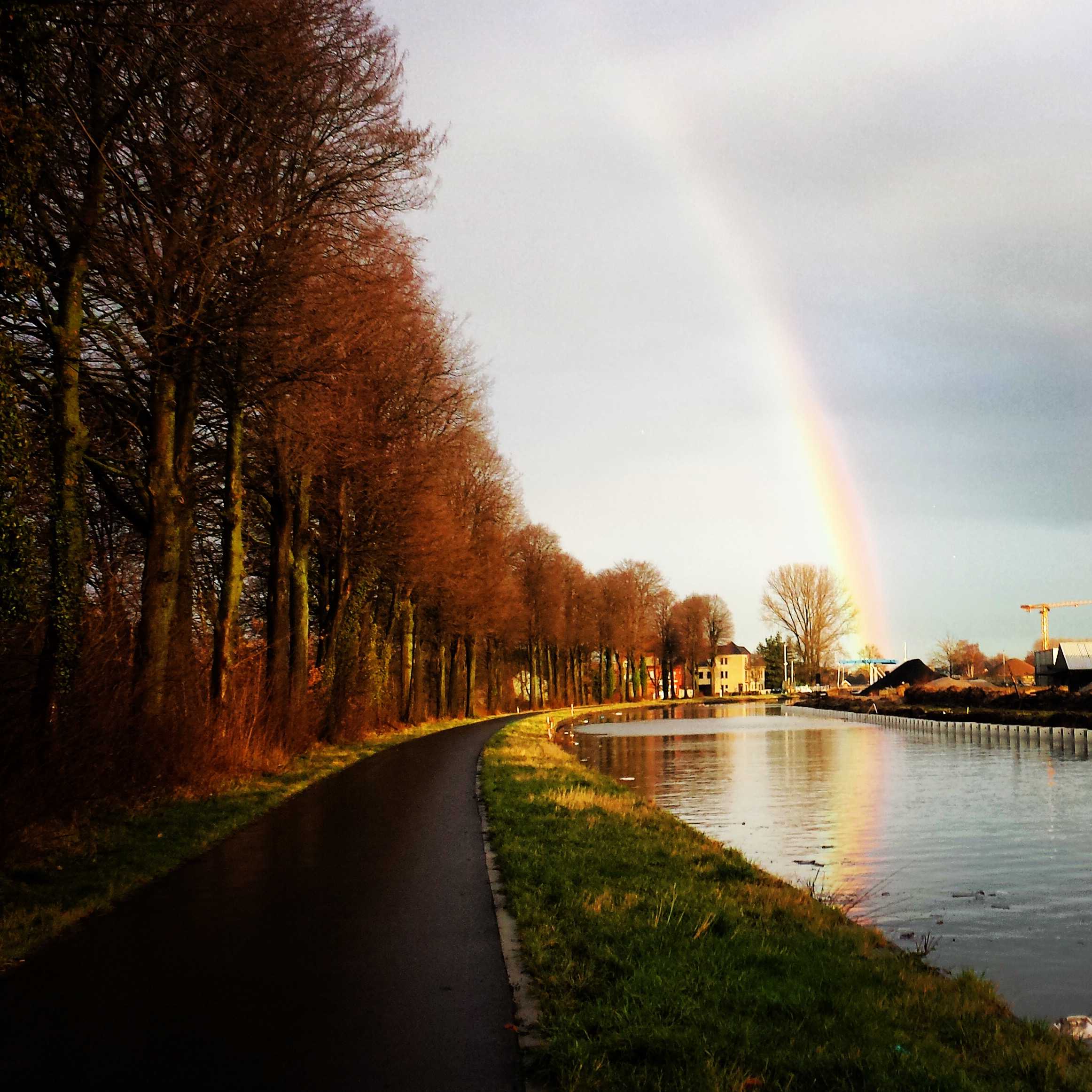Whether you accept it or not, brevity and structure are the most important aspects of a blog. Before considering the blog’s content, people look at site structure. Poorly structured blogs in terms of aesthetics and content composition generally have no appeal to visitors, especially to readers.
Nobody wants to read thesis-like articles in a blog
Imagine how young people today despise text-heavy, typewritten academic manuals. If you use that style in your blog, you can expect to lose a large percentage of your readers. According to surveys, Web users aged 16 to 25 account for the largest sector of Web users today. Using this technique is like preventing your blog from being widely read.
A lot of bloggers think of content as the key factor in getting indexed by search engines. This is actually true, but taking it too seriously can result in massive traffic loss. Text-heavy webpages are not appealing to readers, especially the younger ones.
Brief is good enough
2000-word posts can be beneficial if you’re talking about special or controversial topics. However, lengthy articles tend to result in boring blogs. Over-expanding a topic just to get search engines’ attention can be good, but not in terms of retaining relevance to your target market and to your avid readers.

Too short is sometimes pointless
Brevity shouldn’t be exaggerated, either. I’ve seen blogs with 30-50 words for each post; this can indicate the irrelevance of the posts and the blog itself. Under-explained thoughts and ideas make for very short blog posts that no reader will take seriously.
Blog post length affects site speed
Of course, brief blog posts load faster than thousand-word entries. Some Web users with a short attention span get tired of waiting for a page to load, even if waiting requires less than ten seconds of their time.
Font
Although typography is a different issue, it affects how people perceive your blog. Typography belongs to the aesthetic structure of your blog, along with web design aspects such as contrast and layout. It remains an important part of your site’s overall look so is an important consideration.

